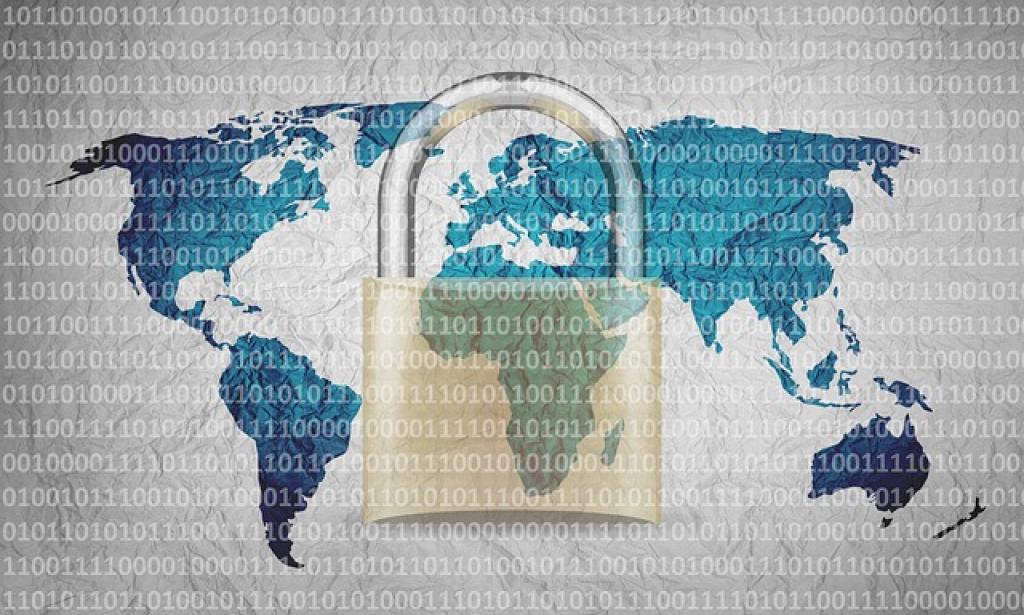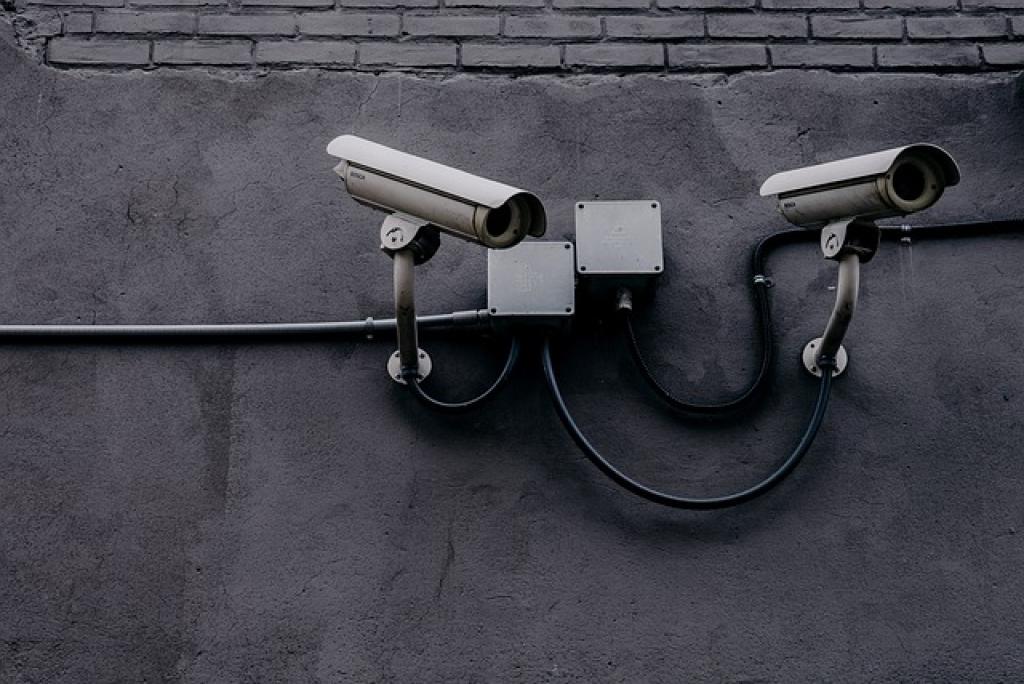
Enhancing Public Event Security in the San Francisco Bay Area: Jeff Gutierrez Event Security
In a vibrant region like the San Francisco Bay Area, where public events brim with excitement and diversity, safety is more than a priority—it’s an absolute necessity. Whether it’s a bustling festival, an electrifying concert, or a serene community gathering, ensuring the security of attendees is crucial. This is where Jeff Gutierrez Event Security steps in, offering peace of mind and a seamless experience.
With years of expertise in handling the unique security challenges of the Bay Area, Jeff Gutierrez and his team bring an unparalleled level of professionalism and dedication. They understand that each event is a unique tapestry of cultural and logistical elements, requiring customized strategies that go beyond the ordinary.
Join us as we explore how Jeff Gutierrez Event Security is setting new standards in public event protection, focusing on innovative approaches and unwavering commitment to safety. From advanced technology to expertly trained personnel, discover how they contribute to the vibrant tapestry of events that characterizes this beloved region.
Understanding the Current Public Event Security Landscape in the San Francisco Bay Area
The San Francisco Bay Area is a bustling hub that hosts a multitude of events every year, each bringing its own set of security challenges. As events become larger and more diverse, the demand for sophisticated security measures has never been greater. Attendees expect not only to have fun but to be safe and secure throughout their experiences.
A Diverse and Challenging Environment
The unique geography and cultural diversity of the Bay Area necessitate a nuanced approach to security. From the scenic waterfront attractions to the urban landscape of tech giants, events can range from peaceful gallery openings to major sporting events, each with specific security needs. This complexity requires security firms to be flexible yet thorough, adapting quickly to the specific demands of each event.
Local law enforcement agencies and private security firms work hand-in-hand to manage risks effectively. The sheer volume and variety of events mean that constant communication and coordination are essential to ensure preparedness against any potential threats.
Staying ahead of evolving security threats while maintaining a welcoming atmosphere presents an ongoing challenge. Innovative solutions and a holistic approach to security are vital for protecting everyone, from attendees and performers to staff and surrounding communities.
Key Challenges and Threats Faced by Event Organizers in Ensuring Public Safety
Ensuring public safety at events in the dynamic San Francisco Bay Area is no small feat. Event organizers must navigate a landscape rife with both predictable and unpredictable challenges. Despite meticulous planning, unexpected situations can arise, requiring rapid response and effective crisis management.
Navigating Unpredictability
One of the main challenges is dealing with the unpredictability of crowd behavior. Large gatherings can lead to crowd control issues, where even minor disturbances have the potential to escalate quickly. Organizers need to have well-rehearsed plans and experienced teams in place to manage these situations smoothly.
Weather is another unpredictable factor; the Bay Area’s microclimates can rapidly change, affecting outdoor events. Ensuring safety in adverse weather conditions requires adaptable security measures and contingency plans to safeguard both participants and infrastructure.
Moreover, the growing prevalence of cyber threats in our digital age adds a complex layer to event security. With many events leveraging technology for ticket sales, communication, and information sharing, the risk of cyberattacks cannot be overlooked. Organizers must implement robust cybersecurity protocols to protect sensitive data and maintain trust with their attendees.
Balancing security needs with creating an enjoyable and welcoming atmosphere for guests remains an essential, yet challenging, task for event organizers.
Implementing Comprehensive Security Measures Tailored for Public Events
To safeguard the myriad of events in the San Francisco Bay Area, it is imperative to implement security measures that are both robust and adaptable. Tailoring these measures to the unique demands of each event ensures a secure and enjoyable experience for all participants.
A comprehensive security plan starts with thorough risk assessment and planning. Understanding the specific nature of each event—including location, expected attendance, and potential risks—allows organizers to create effective strategies. This involves collaborating with local law enforcement and emergency services to establish clear communication and coordinated responses.
Physical security measures such as perimeter fencing, controlled entry points, and surveillance systems serve as the first line of defense. Employing trained security personnel to manage these systems is vital, ensuring that any potential threats are quickly identified and managed.
Equally important is the integration of technology in security protocols. Utilizing data analytics and monitoring tools can provide real-time insights into crowd movements and potential safety threats, enabling swift intervention when needed.
Finally, regular training and drills for staff and volunteers ensure readiness to handle various scenarios. Keeping everyone informed and prepared not only mitigates risks but also enhances the overall safety of public events, reinforcing the trust and confidence of attendees.
Collaboration with Local Law Enforcement and Security Agencies for Enhanced Event Security
Collaborating with local law enforcement and security agencies is a cornerstone of effective event security in the San Francisco Bay Area. These partnerships enable event organizers to leverage local expertise and resources, fostering a coordinated and comprehensive approach to safety.
Working closely with police and emergency services ensures that contingency plans are not only robust but also seamlessly integrated with wider community safety protocols. This collaboration allows for efficient communication channels, rapid response times, and a unified command structure during emergencies.
Building Effective Partnerships
To cultivate successful partnerships, it is essential to involve law enforcement early in the planning stages of events. By sharing detailed event information and risk assessments upfront, organizers enable these agencies to provide valuable insights and tailor their support to specific needs.
Regular coordination meetings and joint training exercises between event organizers and security agencies strengthen these relationships. They also help build trust and mutual understanding, which are vital when dealing with high-pressure situations.
This synergistic approach enhances situational awareness and ensures that all parties are on the same page. Whether managing crowd dynamics or responding to potential threats, a collaborative effort results in a safer and more secure environment for everyone involved.
Effective Communication Strategies to Ensure Event Security Preparedness and Response
Communication is a pivotal element in ensuring preparedness and response for event security. In the fast-paced environment of public events, the ability to relay information swiftly and accurately can make the difference between a controlled situation and a crisis.
One key strategy is establishing a centralized communication hub that serves as the nerve center for all security operations. This hub facilitates real-time information sharing among security personnel, event staff, law enforcement, and emergency services, ensuring everyone stays informed and coordinated.
Equipping teams with reliable communication tools, such as two-way radios and mobile apps, is essential. These tools must be tested and maintained regularly to ensure they function flawlessly when needed. Transparent and succinct communication protocols should be established, reducing the chance of misunderstandings during high-pressure situations.
Pre-event briefings are critical for aligning everyone on potential risks, emergency procedures, and individual roles. Regular updates throughout the event keep the team informed of any changes or developments in real time.
Finally, a well-crafted public communication plan ensures that attendees are also kept informed. Clear signage, announcements, and mobile alerts can guide patrons through security processes, providing instructions and reassurance, thus enhancing overall safety and comfort.
The Bottom Line: Embedding a Culture of Safety and Vigilance in Public Event Planning
The importance of embedding a culture of safety and vigilance in public event planning cannot be overstated, especially in a diverse and bustling region like the San Francisco Bay Area. As we’ve explored, the challenges are multifaceted—from managing unpredictable threats to collaborating with local agencies—and each requires a tailored approach.
Central to this effort is the commitment to continuous improvement and adaptability. By leveraging technology, investing in training, and fostering collaboration, event organizers can create an environment where safety is woven into the very fabric of planning and execution.
Moreover, effective communication stands as a pillar of this culture, ensuring that teams are not only prepared but also agile in responding to dynamic situations. Informing and engaging attendees proactively can transform them from passive participants into active contributors to the event’s safety.
While the role of professionals like Jeff Gutierrez is indispensable in setting high security standards, a truly secure event thrives when vigilance becomes a collective responsibility. Everyone, from organizers and security personnel to volunteers and attendees, plays a part in maintaining a secure atmosphere.
In conclusion, as events continue to grow in scale and complexity, embedding a culture of safety requires dedication and collaboration. It’s about nurturing a vigilant mindset and cultivating partnerships that prioritize safety without compromising the vibrant spirit of Bay Area events. This holistic approach not only protects but also enriches the experiences of all who partake in them, ensuring that public events remain the joyous celebrations they are meant to be.


